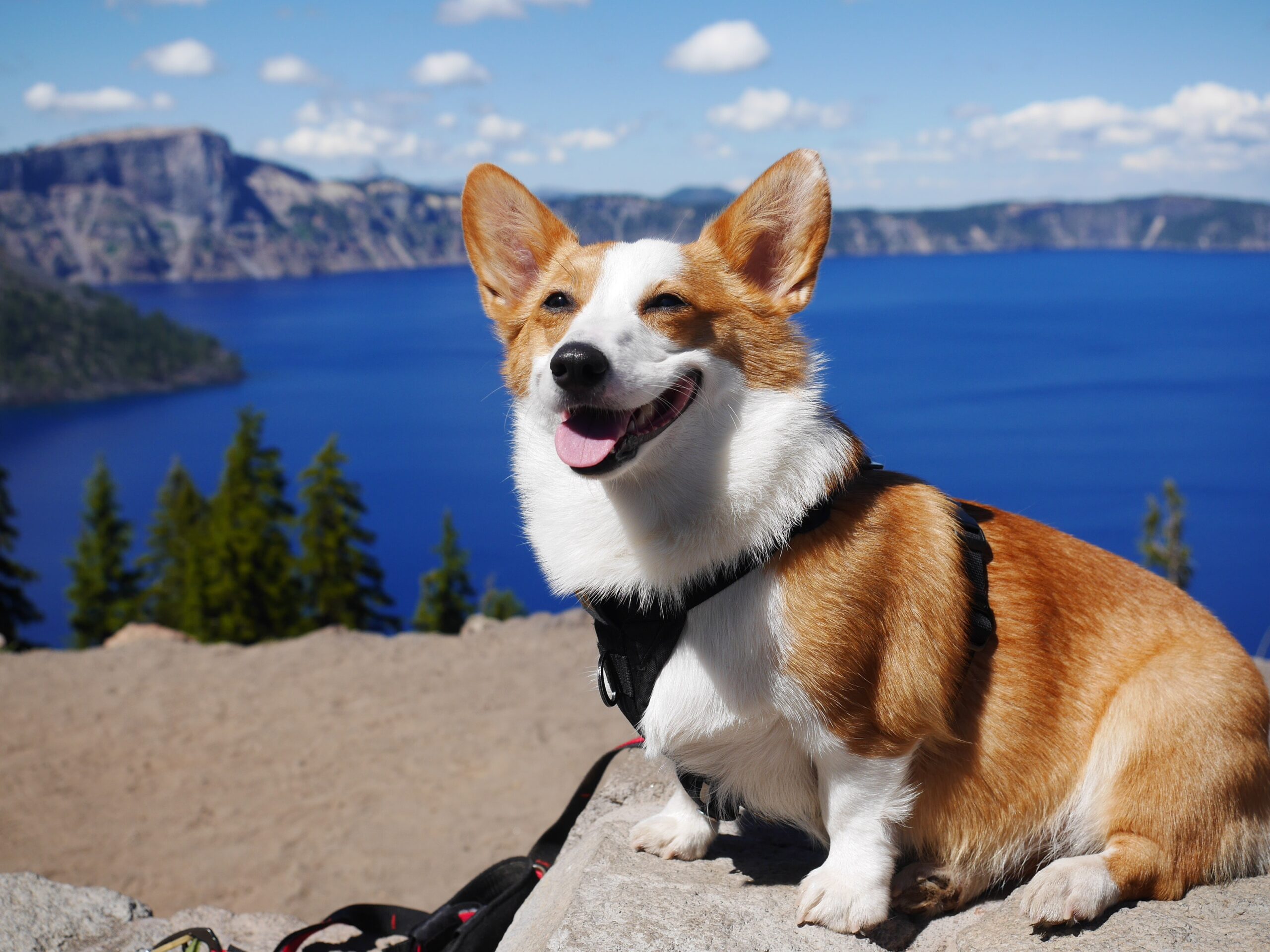Unraveling the Legacy of Pembroke Welsh Corgis: From Herding Dogs to Cultural Icons
The Breeding History of Corgis: Exploring the origins, selective breeding, physical traits, cultural representation, and future outlook of Pembroke Welsh Corgis.
The Origins and Significance of Pembroke Welsh Corgis
The history of Pembroke Welsh Corgis is deeply rooted in the heritage of Wales, where these remarkable dogs have been an integral part of the country’s agricultural landscape for centuries. Since at least 920 A.D., Corgis have been utilized as skilled herding dogs, playing a vital role in the management of livestock on Welsh farms. Their innate ability to guard and protect cattle herds, while also serving as loyal companions at the homestead, has solidified their significance in Welsh culture.
Furthermore, the breed’s origin is shrouded in intriguing folklore and legends, adding an air of mystique to their heritage. One theory suggests that Corgis have ties to Scandinavian raiders, who may have brought their dogs to the British Isles, leading to their integration and breeding with native Welsh dogs. This fascinating historical connection highlights the breed’s diverse and multifaceted background, offering a glimpse into the rich tapestry of their origins. The name “Corgi” itself has diverse possible origins and meanings, further underscoring the depth of their cultural and historical significance, as it reflects the complexities and nuances of their heritage. These enigmatic origins and the breed’s deep ties to Welsh culture contribute to the enduring allure and significance of Pembroke Welsh Corgis, making them an indispensable part of the country’s history and folklore.
The Evolution through Selective Breeding
The evolution of the Pembroke Welsh Corgi through selective breeding is a fascinating aspect of the breed’s history. Initially, Corgis served as indispensable farm dogs in Wales, fulfilling a diverse range of essential tasks. They excelled in herding, guiding livestock, and providing protection, showcasing their versatility and intelligence in agricultural settings. For example, Corgis were known for their agility and ability to work from behind and flank to drive livestock forward, making them valuable assets to Welsh farmers for centuries.
As the breed gained popularity, particularly in America, it underwent significant development influenced by English breeders and royalty. The Pembroke Welsh Corgi’s rise to number 11 out of 195 breeds in terms of popularity is a testament to its enduring appeal and adaptability, underscoring its remarkable journey from a humble farm dog to a beloved household companion. This transformation is evident in the modern American Pembroke, which displays greater consistency in both appearance and temperament, reflecting the careful and deliberate breeding practices that have shaped the breed over time.
The impact of English breeders and royalty on the breed’s development is particularly noteworthy. Their influence has not only contributed to the breed’s recognition and consistency but also highlights the collaborative efforts that have elevated the Pembroke Welsh Corgi to its current status as a cherished and iconic breed.
Physical Traits and Characteristics
The Pembroke Welsh Corgi’s unique physical characteristics are not only distinctive but also serve a functional purpose. Their erect ears, “fox-like” head, and double coat are not only visually striking but also contribute to their agility and effectiveness as herding dogs. For example, the breed’s erect ears enable them to effectively listen for commands while herding, and their low stature and double coat provide protection against the elements and potential hazards in their working environment. These physical traits have been honed through generations of selective breeding to optimize the breed for the tasks they traditionally performed on Welsh farms.
In addition to their physical attributes, the Pembroke Welsh Corgi’s intelligence and temperament make them well-suited for various canine events and tasks. For instance, their high intelligence and problem-solving abilities make them excellent competitors in agility and tracking competitions, showcasing their versatility beyond their herding origins. However, their intelligence can also present training challenges, requiring consistent and patient training methods to harness their potential fully. This combination of intelligence, physical prowess, and unique characteristics makes the Pembroke Welsh Corgi a remarkable and multifaceted breed with a rich history deeply rooted in its Welsh heritage.
Moreover, the breed’s longevity and susceptibility to certain health conditions underscore the significance of responsible breeding and diligent care practices. With a life expectancy of 12-15 years, Pembroke Welsh Corgis have the potential for enduring companionship, but they are predisposed to health issues such as obesity, hip dysplasia, and degenerative myelopathy. By understanding and addressing these health concerns, breeders and owners can work together to promote the well-being and longevity of these beloved dogs, ensuring that they continue to thrive for generations to come.
Cultural Representation and Decline in Popularity
The Pembroke Welsh Corgi has left an indelible mark on popular culture, making appearances in various forms of media. For instance, the breed has been prominently featured in TV shows like “The Crown” and “Brooklyn Nine-Nine,” showcasing its unique and endearing qualities to global audiences. This significant exposure has not only contributed to the breed’s widespread recognition but has also increased its appeal as a beloved and iconic dog breed in popular culture.
Moreover, the breed’s connection to the British royal family, particularly its status as the preferred breed of Queen Elizabeth II, adds to its cultural significance. Queen Elizabeth II’s ownership of numerous royal corgis and the recent addition of two corgi pups in 2021 highlight the breed’s enduring association with royalty and its esteemed place in British history and tradition. This royal connection further solidifies the Pembroke Welsh Corgi’s role as a symbol of heritage and cultural significance.
Despite its celebrated status, the breed has faced a decline in popularity in its country of origin, the United Kingdom. Factors such as tail-docking bans and a shortage of dedicated breeders have contributed to this decline, impacting the breed’s presence and status in the UK. This decline underscores the challenges faced by the Pembroke Welsh Corgi in maintaining its historical significance and cultural relevance within its place of origin, despite its enduring appeal and recognition on the global stage.
Future Outlook and Conclusion
Looking ahead, the future of the Pembroke Welsh Corgi in America appears promising, as the breed continues to experience a steady increase in popularity. Their reputation as an ideal family pet has contributed to this upward trend, showcasing their enduring appeal and adaptability. For example, their friendly and affectionate nature makes them well-suited for households with children, while their intelligence and agility make them versatile companions for active individuals and families.
In addition to their suitability as family pets, the Pembroke Welsh Corgi’s historical significance, evolution through selective breeding, and enduring cultural impact all contribute to its status as a beloved and iconic breed. This rich heritage ensures that the Pembroke Welsh Corgi will maintain its relevance and popularity in the years to come. For instance, their portrayal in popular media, such as TV shows like “The Crown” and “Brooklyn Nine-Nine,” has further solidified their widespread recognition and appeal, highlighting their enduring cultural significance.
As the Pembroke Welsh Corgi continues to capture the hearts of dog enthusiasts and families, its future remains bright, reflecting its status as a cherished and iconic breed with a lasting legacy.




 Book Appointment
Book Appointment